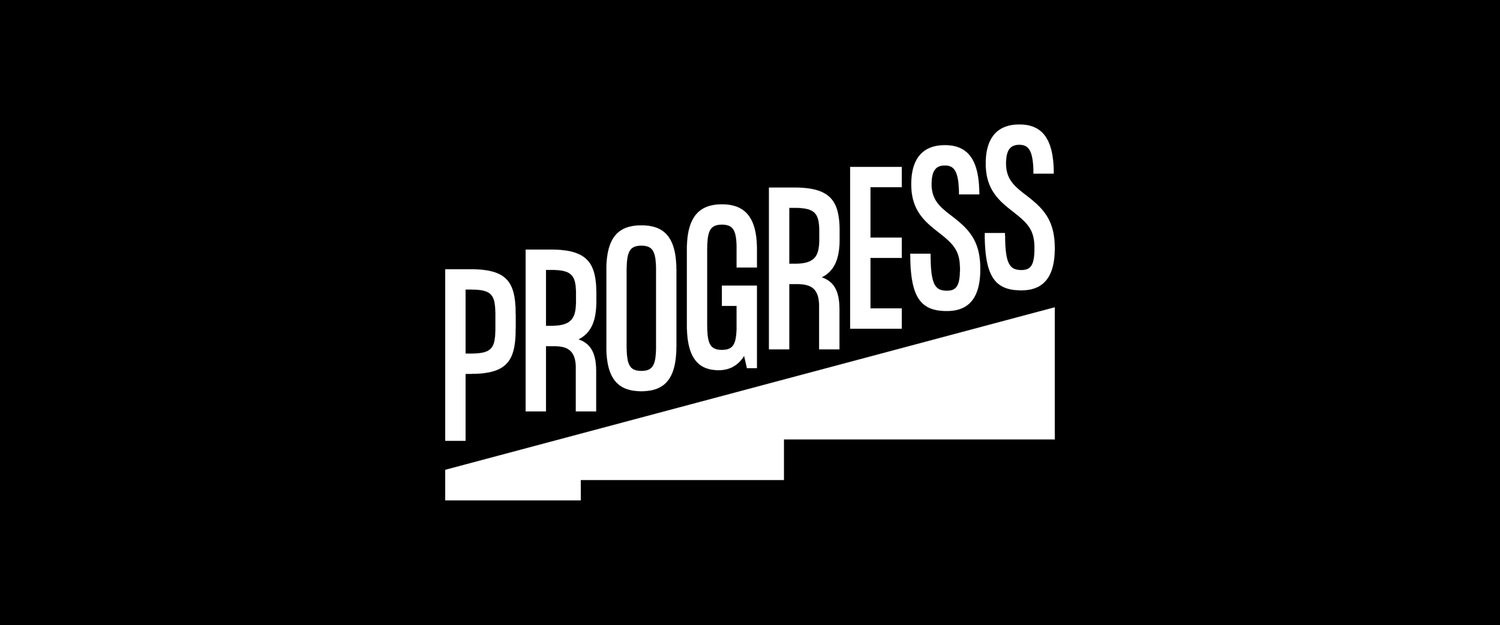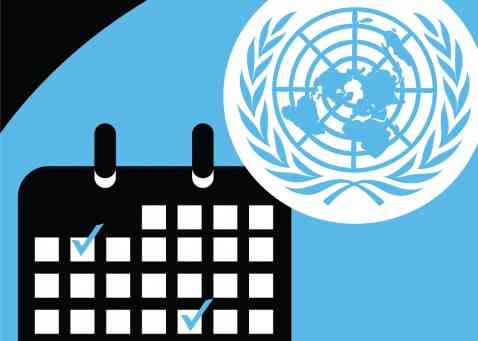
Finance minister Patrick Chinamasa announced in his recent 2015 Mid-Term Fiscal Policy Review statement that the government of Zimbabwe had banned the importation of used clothing, a trade which he said accounted for the collapse of the local textile industry.
As reported on July 31, the minister stated: “Over and above this, the emergence of vending of cheap, low quality and smuggled imports is further chocking both our producers and retailers”.
Although the banning of used clothing imports is not a new occurrence in Africa, the boldness and authority with which the minister made this claim warrants criticism.
It is important to assert from the outset that second-hand clothing imports to poor countries may not damage production in recipient countries, especially if there is no production there to damage. While this analysis might not receive political acceptance because of its polemic disposition towards government’s policies, it advances sound unconventional reasoning.
To a casual bystander, used clothing influx is responsible for the collapse of the textile industry. However, this causal relationship is not as obvious as it appears. The concern in Zimbabwe that the failure of local textile industries is due to used clothing imports is too simplistic a view.
A number of attendant factors need to be examined. With Zimbabwe’s unemployment rate tottering above 90% and local industries performing at less than 40% capacity, I find this “schoolboy” kind of excuse totally unpalatable.
It is indeed a fact that opportunities and constraints alike exist in the second-hand clothing industry. Evidently the decline of the domestic textile industry coincided with a rise in used and new clothing imports in many countries, Zimbabwe included. Countries such as Ethiopia, South Africa and Nigeria have at some point banned imports of used clothing with the hope that by so doing, local garment manufacturers would be accorded better opportunities.
There is not much of empirical data on the causal relationship between used clothing trade and the destruction of African economies.
- Chamisa under fire over US$120K donation
- Mavhunga puts DeMbare into Chibuku quarterfinals
- Pension funds bet on Cabora Bassa oilfields
- Councils defy govt fire tender directive
Keep Reading
The relationship between the two is not empirically tested. Bales of used clothing largely “donated” by citizens in well-off countries such as Australia, Canada, Spain, the United Kingdom and the United States, find their way to the shores of countries of impoverished consumers from Haiti to the Philippines, but pre-eminently Africa.
Second-hand clothes are not dumped in Africa; neither are they free to the traders who import them.
Indeed the high profits that can be realised through trade have attracted many new commercial actors into this sector both locally and abroad. It has been opined that bales of used clothes find their way to African markets through the return cargo in shipping containers.
Tony Clark of Oxfam Waste-Saver narrates how empty containers accumulate in Europe when West African bulk products such as cocoa, plantain and timber are shipped to European markets. Since there is less demand for the return trade route, these containers are stuffed with used clothes for African consumers at very low excise tariffs.
Be that as it may, this is outside the concern of this analysis. The high demand for used clothing in underdeveloped countries is driven by peculiar factors, some of which help explain how the imposition of embargoes may be a rare case of misdiagnosis. I do not endeavour in any way, to pass judgment on consumers’ choices and tastes in recipient countries.
As local economies become more globalised, material and cultural diffusions through movies, fashion magazines, celebrity lifestyle operas, return migration and Diaspora connections largely influence new dress styles and clothing fashions. Due to this influence, new tastes are acquired.
The material quality of second-hand clothes and shoes, notwithstanding that many items are washed-out or soiled, are sometimes regarded by many consumers as better than locally produced new goods as they were first produced for a more wealthy class of consumers in affluent countries.
Opening of markets has made it possible for people in developing countries to acquire these cheaply, whether as new or second-hand, it is of no importance. Local markets do not often provide for changing consumers’ choices.
Apart from this, used clothing provides low-cost clothing for people living in abject poverty. For many who cannot afford new clothing, imports of used garments provide affordable clothing as it satisfies a basic human need for clothing, warmth and protection for everyday use.
With the world becoming one global village due to globalisation, economists warn that it is much easier and cheaper to shop from the global market than to try and build your own shop.
Nowhere in Zimbabwe has the textile industry been so catastrophically shattered than in Bulawayo. Bulawayo, Zimbabwe’s second capital, was an industrial hub illustrious for its excellent textile industry. Bulawayo’s textile industry was the mainstay of economic development and crucial to Matabeleland’s economic recovery and infrastructural development.
According to statistics from the Zimbabwe Clothing Manufacturers’ Association (ZCMA) released in year 2013, Bulawayo’s major textile and clothing firms like Ascot Clothing Company, Cotton Printers, Security Mills (the country’s sole manufacturer of knitting yarn), Karina, David Whitehead, Continental Fashions, Silkwood Prints, Universal Bags, Textile Mills and National Blankets (a textile giant that had been operating in Zimbabwe for more than 40 years), have faced closure with some put under judicial administration.
Owing to a systematic combination of exclusionary and ill-timed economic and indigenisation policies, politicised support to local industries, a dereliction of duty on those in leadership, corruption and misgovernance, Bulawayo lies in abandon as hundreds of factories have either shut down or relocated to Harare, Francistown (Botswana) and Johannesburg (SouthAfrica).
The city has sunk so low to become a shadow of its former self. Former textile workers have been commissioned into street and market vending, a trade also recently criminalised. Factories have been converted into chapels for fast growing evangelical and Pentecostal churches.
The thinking that the embargo on used clothing imports will solve local production problems needs to be carefully examined. It is a fact right now that imported used clothing in Zimbabwe is often competing with new clothing imports from South Africa and Asia, rather than locally-produced clothing.
Declining incomes have reduced purchasing power for unemployed Zimbabweans, depressing demand. Ill-defined policies such as the Look East policy, which actively promotes investment from Asia, particularly China, have culminated in an unheralded influx of cheap and deplorable imports from China.
The reality is that almost all of the causes of the utter demise of Zimbabwe’s once substantive textile manufacturing sector were occasioned by a failure in governance. It is popular knowledge that Bulawayo has faced perennial water problems with a raft of measures such as water privatisation being forced down on consumers. Undoubtedly, inconsistent water supply has been cited as key in the collapse of industry in Bulawayo. This is a problem that can be resolved if government is really concerned.
Regrettably, government institutions that citizens look upon for solutions have degenerated into impotent, self-serving institutions. Party ideology and politics have driven policy formulation for decades with citizens reduced to bystanders.
Policies are debated and approved in high towering air conditioned offices by few elites in rocking armchairs, far removed from what is happening in townships such as Makokoba, Mbare, Chitungwiza, Luveve, Rujeko, Mkoba and Chinotimba. Citizens are merely expected to follow these guidelines without questioning and this has continuously been reflected in the way policies are formulated.
Disappointingly, even level-headed academics and legislators involved in making policy options are politicised and often tweak the evidence on the ground to conform to the standards of a few elites.
Conversely, the importation of such clothing has created a new domestic industry as the trade is soaking up labour and offering consumers a cheaper clothing alternative in the face of increasing poverty, declining real wages and rising unemployment. By imposing this ban on used clothing trade, the government has missed a huge opportunity to be able to mobilise resources in form of taxation from the growing informal sector.
Zimbabwe should look at flexible import restrictions which are desirable to promote specific domestic competencies rather than imposing blanket bans on trade.
A more rigorous approach to investigating the political economy of the de-industrialisation of Zimbabwe is needed.
Emmanuel Ndlovu is the advocacy and programmes manager for Bulawayo Progressive Residents’ Association. He is also a 2014 Mandela Washington Fellow and is currently stationed in Abuja, Nigeria, where he is supporting policy advocacy around the farmer–pastoralist conflict in Nigeria’s Middle Belt region. He writes in his own capacity and may be contacted on [email protected]











